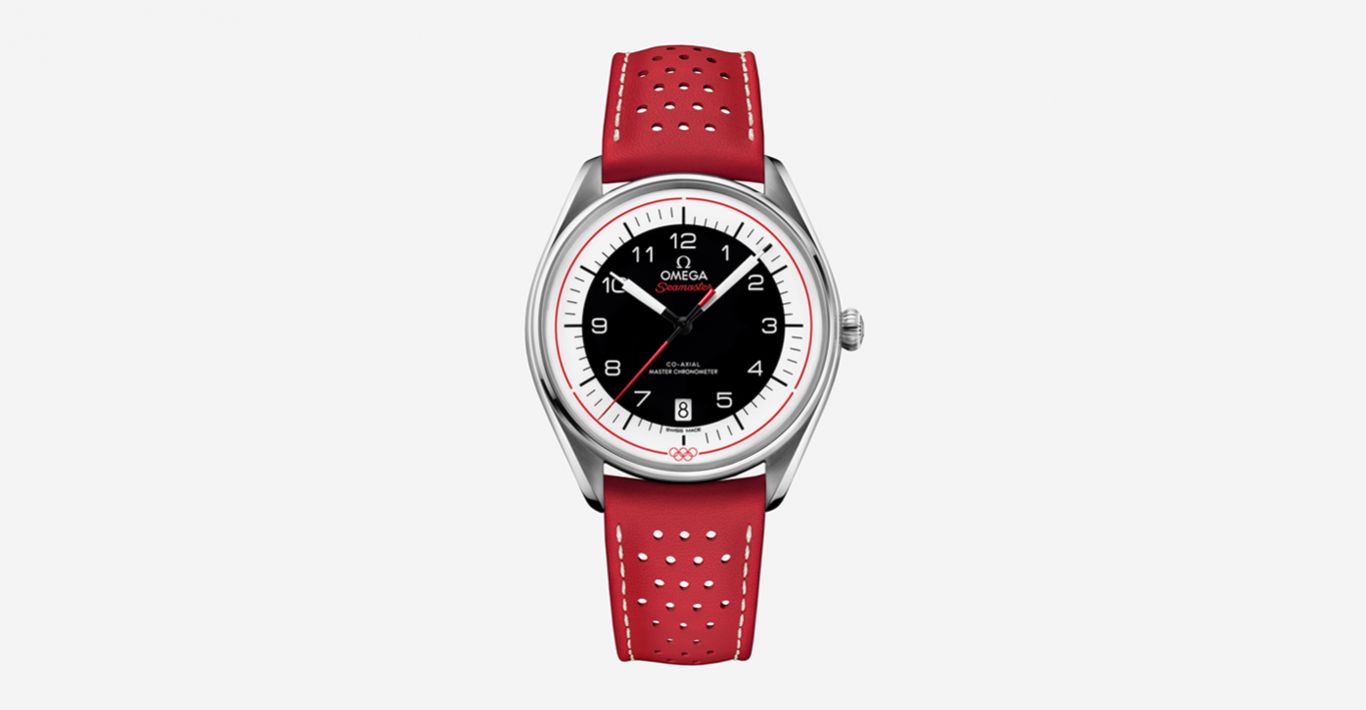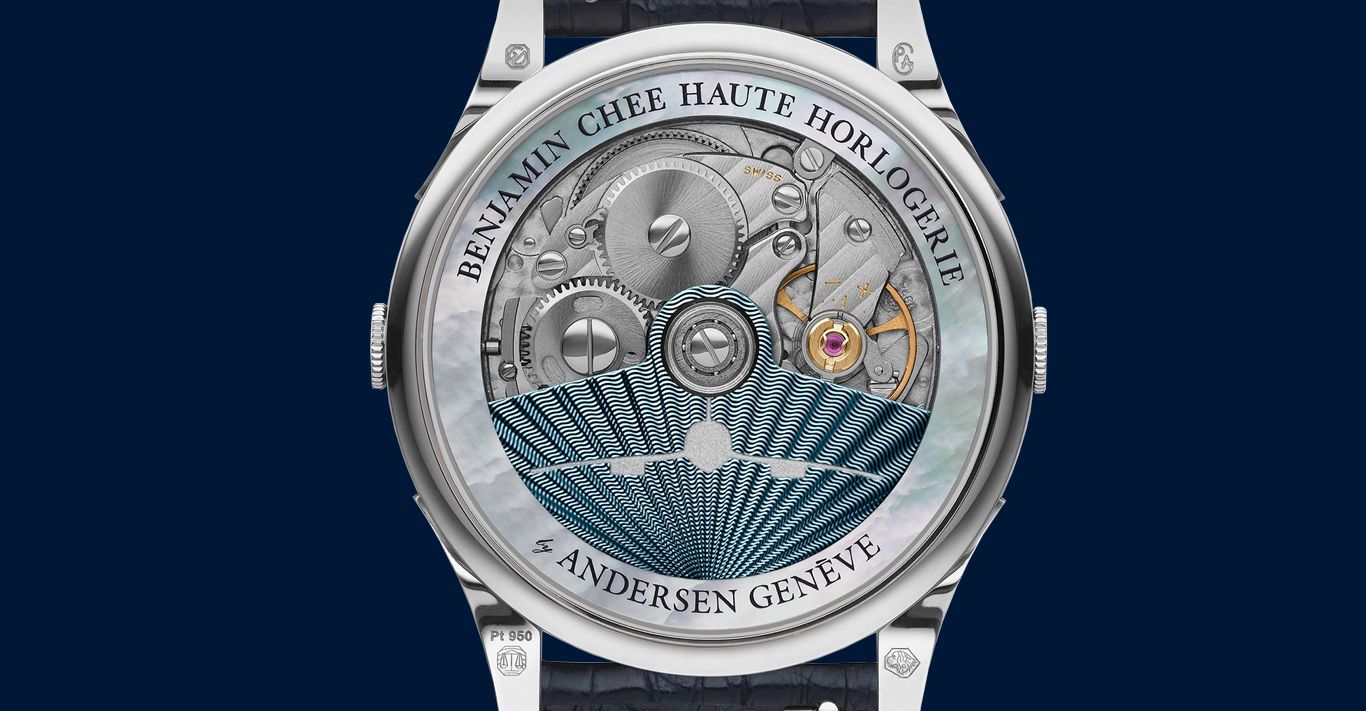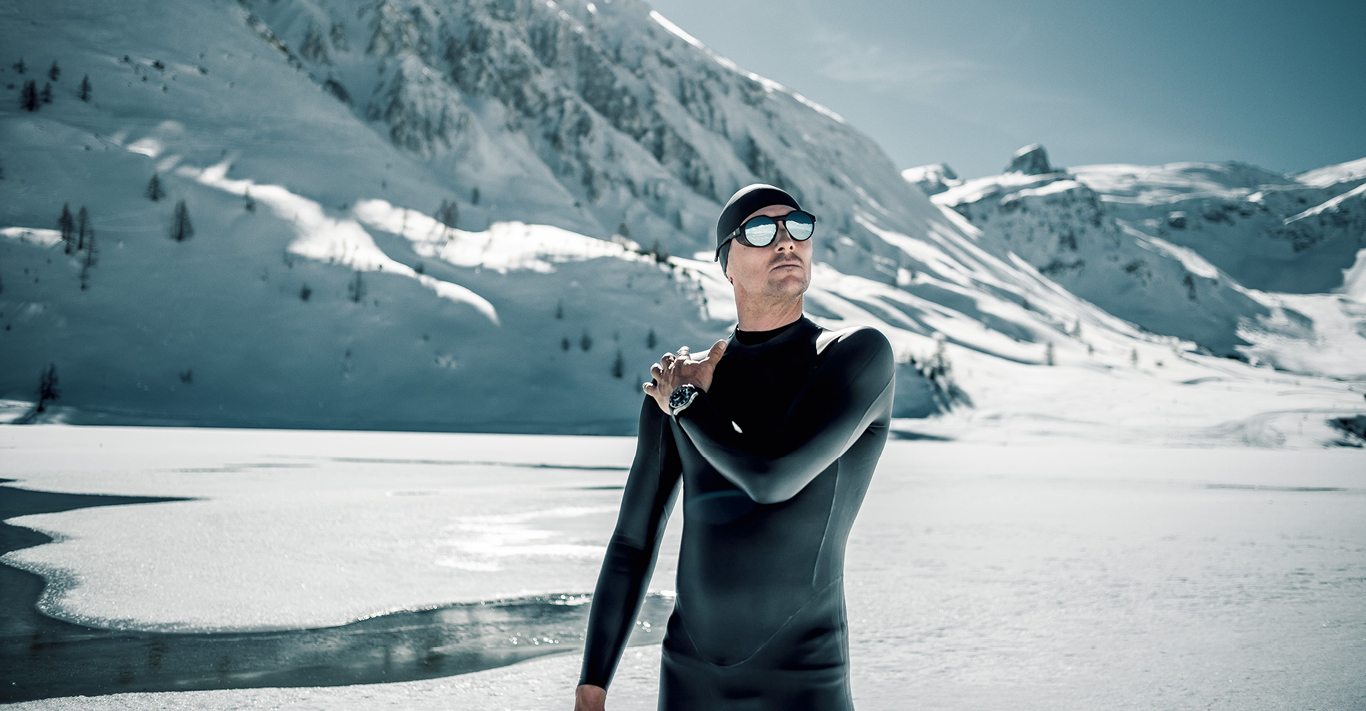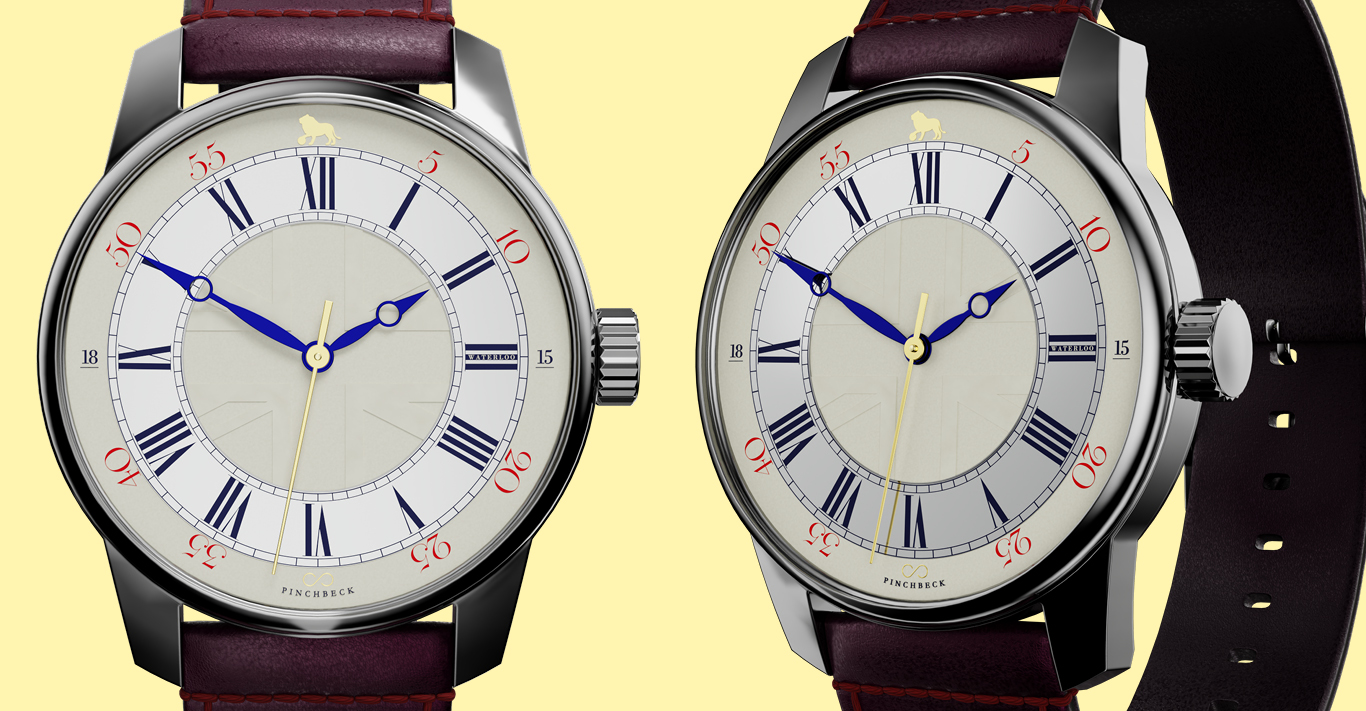WORDS
Peter Howarth
The Olympic Museum in Lausanne, Switzerland, is full of extraordinary memorabilia. Jesse Owens’ running shoes from the 1936 Berlin games, wherethe American athlete won four gold medals, made by Adi Dassler (creator of Adidas in 1948); the first-ever sketch of the Olympic Rings on a 1913 letter by Olympic Games founder Pierre de Coubertin, the first Olympic flag, and every Olympic torch since the first torch relay in 1936.
But one exhibit requires real concentration. Next to a display of the finishing pads that line the ends of the competition swimming pools – which competitors must press to stop the clock themselves – is a video of Michael Phelps’ gold-medal winning 100m butterfly race at the Beijing Games in 2008. Here, where America’s Phelps won a record-breaking eight golds, he looks like he is trailing Serbian Milorad Cavic for the entire race, and reaches the finish second. But watch in slow motion underwater and you see that while Cavic seems to glide to the end with his fingertips, Phelps just edges it with the end of a forceful stroke. The museum guide explains that these pads require a certain amount of pressure (between 1.5 and 2.5kg) to activate them, and Phelps managed to exert it 0.01 of a second before his rival.
The technology for timing swimming races was introduced in the late 1960s by Omega, the Swiss watchmaker that has been running the timing of Olympics since 1932 when it was decided by the IOC (International Olympic Committee) to put this important function into the hands of professionals using standardised instruments – certified chronographs – rather than amateurs who literally showed up with their own stopwatches.
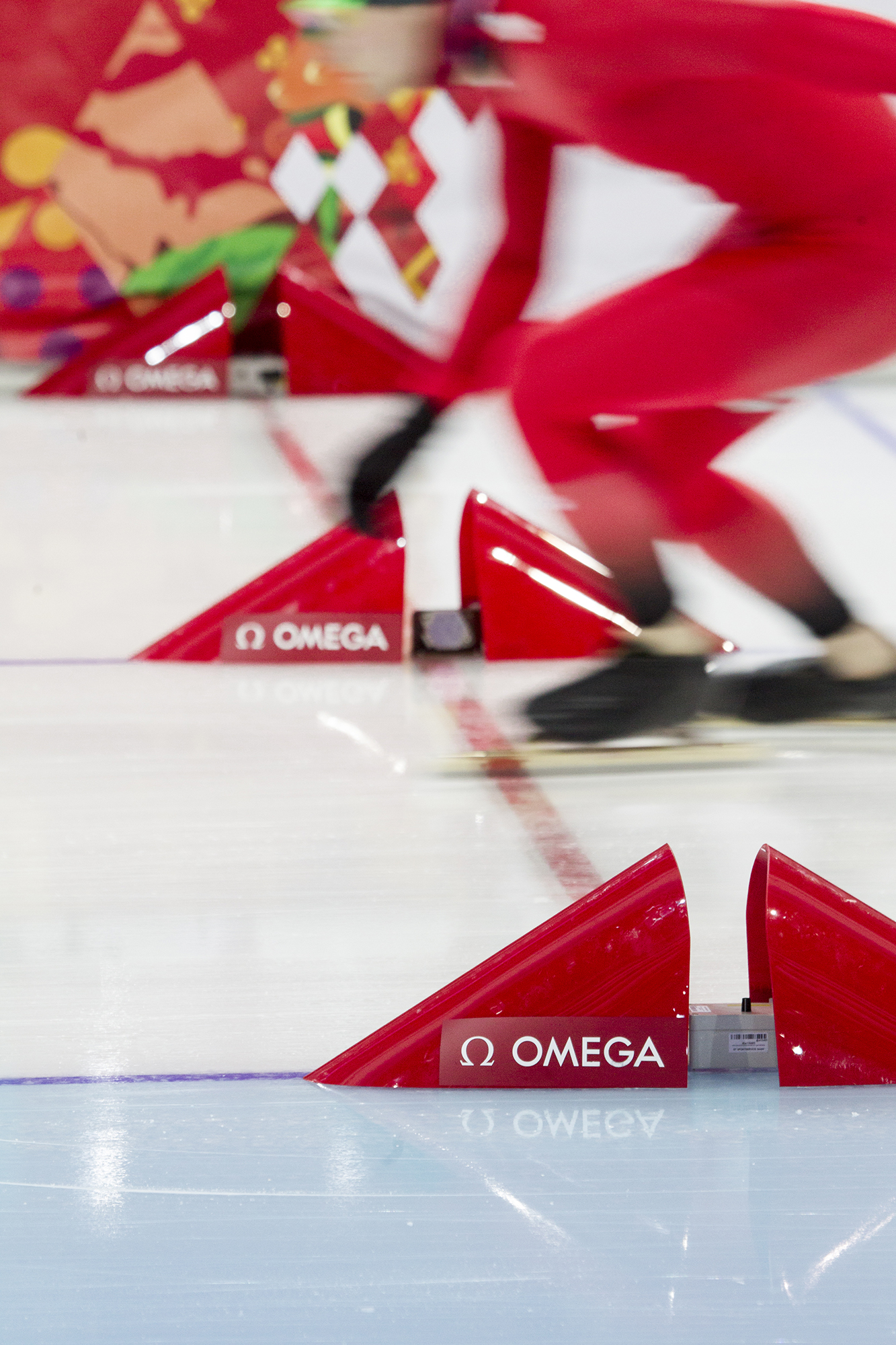
After the professionalisation of the timing role, Omega has constantly developed more and more sophisticated kit to help with accuracy, often determining who has won in situations such as in the aforementioned pool in Beijing, when things are too close to call. Hence the progressive move from timekeepers manually clicking chronographs to electronic systems such as the pads at water level in the pool. And, perhaps most famously, the photo-finish technology that these days allows three cameras, trained on the finish line, to take 10,000 pictures every second so that runners, skaters, cyclists and skiers can be separated when they finish in a huddle – an occurrence that is increasing in frequency as competitors’ performance improves over time.
A drive away from Lausanne is the Omega Timing Laboratory, headed up by Alain Zobrist, CEO of Omega Timing, whose job it is to organise the timing facilities for the Olympics. ‘In 1932, we sent one watchmaker along with 230 chronographs all the way to Los Angeles,’ says Zobrist. ‘Four years later, for our first Winter Olympics, in Bavaria in 1936, it was the same set-up but with fewer chronographs – only 27, because there are fewer winter sports than summer sports. In Pyeongchang this year, nothing will be done with manual stopwatches anymore – there will, however, be a lot of computers everywhere; 230 tons of equipment and 300 timekeepers are currently being shipped and are on the way to South Korea. We will also be working with 350 volunteers.’
Omega’s pioneering photoelectric cells, fully-automated timing system and photofinish camera were all first used at the 1948 London Games, marking the birth of modern timekeeping
Zobrist, who confesses he last used his personal Omega chronograph watch to boil an egg, has an encyclopaedic knowledge of his field. He explains the importance of what Omega does, not only in technical terms, but also with an understanding of the human responsibility: ‘The athletes train their entire lives for that particular moment, so we cannot have a technology that is not 100 per cent, that could potentially destroy their dreams if it doesn’t work. So, we would rather not have it than leave something in doubt.’
Just how far Omega has come in refining its equipment is apparent when you consider that its original photo-finish camera, introduced in 1948, produced an image that took three minutes to develop. Today, the equivalent image is adjudicated in seconds by a technician and a judge, and the result is then broadcast to the world. Omega works for other sporting competitions too, and Zobrist shows me a famous photo-finish image from the men’s 100m final at the Helsinki Olympic Games in 1952, where the four runners were each given times of 10.4 seconds, which had never happened before. Omega was the first to narrow it down to two runners, using its new quartz timers. Then they used a photo-finish camera to crown US runner Lindy Remigino the winner. The difference between gold and fourth place was 0.05 of a second. The detail in the picture is astonishing.
‘We innovate constantly. It is part of what we do and we always try to provide technologies to athletes that enable them to perform better,’ explains Zobrist. ‘We have some very exciting new stuff for Pyeongchang that will probably be a small revolution in sports overall.’ He then reveals the advances his team have made: ‘We are going to put sensors on the athletes, to measure their performance between the start and the finish. This will enable us to know, for example, where exactly during the race they won or lost time compared to their competitors. An Alpine skier will have a little tag attached on the ski boot that will measure up to 2,000 different pieces of data per second, related to their performance. In the ski jump, for example, we’ll have a little tag on the back of the ski that also measures a whole load of information.’
Zobrist takes me through the new gadgets like a Swiss Q conducting a briefing for 007. His boyish enthusiasm is infectious, and what he’s showing is really going to change the experience of watching winter sports. On our screens we will be able to see the speed of a ski jumper at take-off, the distance travelled and the speed at landing. This, explains Zobrist, has proved for the first time that the athlete slows down in the air: ‘It slows them down more if they jump further, so it’s better to be on the ground than in the air for speed as a skier, which does not seem correct, but it is the case.’
For snowboarding, there is also jump analysis, measuring heights and rotation. In the bobsled, there is a small device inside the sled at the front that measures the position on the track, the speed, the acceleration and braking. In ice hockey, the players will be wearing a tag at the back of their shirt and, for the very first time in a winter team sport, there will be live game analysis where tactics are explained and athletes can be tracked for their speed and trajectory, as can the puck.
Speed skating also gets the new treatment, where the distances between competitors can be monitored. And the real game changer is in figure skating, where moves will be frozen by cameras so the intricacies of jumps can be seen on screen.
All this is of course a boon to the viewer, but Zobrist explains that there is another benefit to these sorts of advancements: ‘The athletes will be the ones receiving all of this data as soon as they pass the line.’ By giving athletes this data in a live competitive environment, Omega is offering a really valuable resource to the world’s elite sportspeople.
To celebrate Omega’s Olympic timekeeping legacy, it has launched the Seamaster Olympic Games Collection for a limited run of 2,032. £4,000; omega-watches.com

